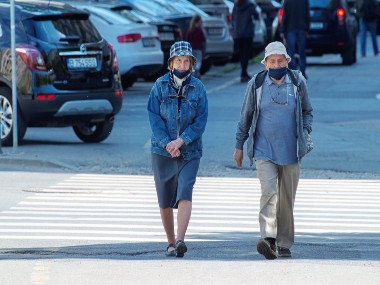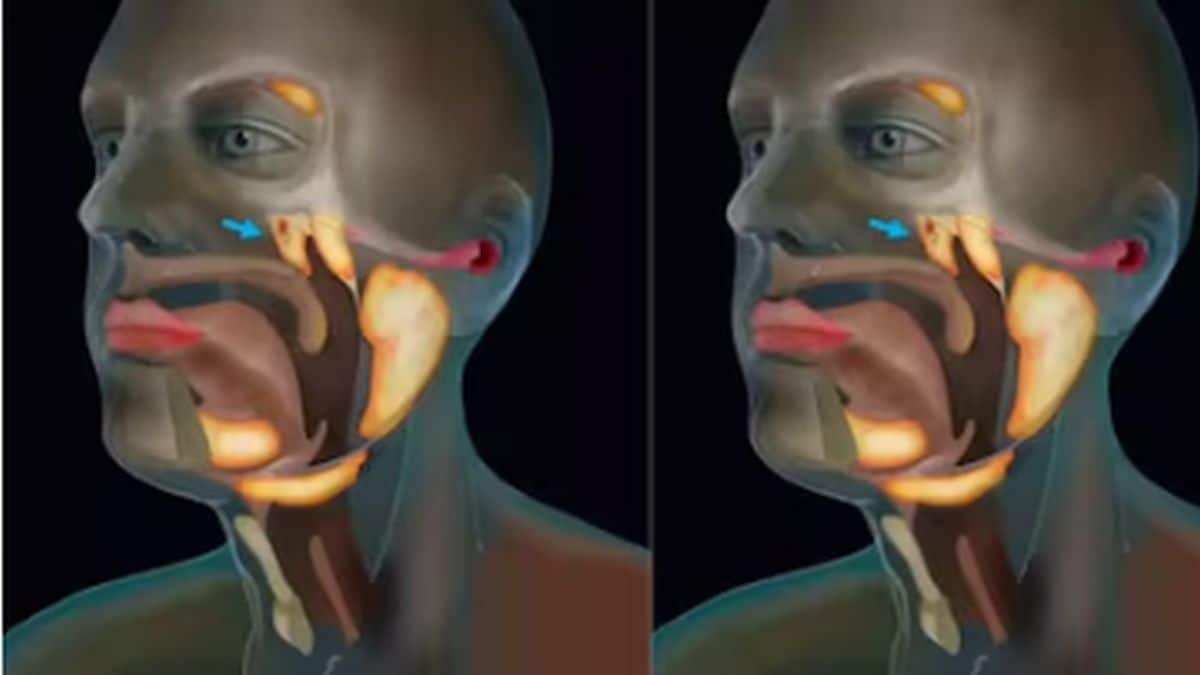A new study by University of Minnesota’s Center for Disease Research and Policy (CIDRAP) has estimated that the COVID-19 pandemic will likely last 18-24 months until herd immunity of 60% to 70% gradually develops. [caption id=“attachment_8309241” align=“alignleft” width=“380”]  Representational image. Image by Mircea Iancu from Pixabay.[/caption]
The researchers studied the epidemiology of COVID-19 and the history of past influenza pandemics to model three potential scenarios that the pandemic might take. In even the best of the scenarios, with the least number of deaths and lower subsequent peaks, the virus is likely to disrupt our lives and force containment measures in areas with outbreaks.
What are the models based on?
The researchers reasoned that previous serious strains of coronavirus, namely SARS and MERS, are epidemiologically too different from COVID-19 to make a comparison. They were both more deadly but did not transmit as easily, which meant that they were stamped out more easily after localized containment measures came into place. Pandemic influenza was a better candidate for comparison; since the 1700s there have been eight influenza pandemics, four of which were in the 20th century. Like with COVID-19, each of the virus strains that caused influenza pandemics in the past had not been encountered previously and so there was no human immunity, and they were also spread primarily through droplet transmission. On the other hand, COVID-19 appears to have higher asymptomatic transmission (around 25% according to latest estimates) and people appear to be most contagious just before the onset of symptoms; on average, in the case of influenza epidemics, people were most infectious right after the onset of symptoms. The researchers estimated the R0 value (reproduction number, meaning the number of people an infected person can infect) of SARS-CoV-2 (the virus that causes COVID-19) to be between 2 to 2.5 and below 2 in the case of pandemic influenza. Given these values, the researchers said 60% to 70% of the population will need to be immune before herd immunity kicks in. Given these similarities and differences, the researchers proceeded to study the progression of past pandemics and used the data to model the future of COVID-19.
Data from past pandemics
Seven of the past eight influenza pandemics subsided after a strong initial outbreak and subsequently had a second substantial peak six months after. Some pandemics showed smaller waves over a course of two years and then dissipated. Three of the influenza pandemics became endemic and seasonal; for example H1N1 from the 2009 swine flu pandemic co-circulates with seasonal influenza H3N1 in the US now. Vaccines did not play a major role in past pandemics; in any case, it will be at least a year until one is developed for COVID-19 and providing it at the scale that is required will be a challenge as well.
The three possible scenarios for COVID-19
Based on the above data, the researchers came up with three scenarios:
- Initial outbreak followed by smaller waves: The first wave that we are in right now will be followed by smaller waves of outbreaks and relief, for around 1-2 years, gradually diminishing sometime in 2021. Depending on the situation, containment measures may be required again in places with subsequent spikes.
- Initial outbreak followed by a higher peak: In this scenario, cases will drop after the initial outbreak, but then a deadlier outbreak will occur this autumn or winter. This will be followed by a smaller wave in 2021 after which herd immunity will kick in. Again, containment measures will be required in places with outbreaks.
- Initial outbreak followed by diminishing cases: In this case, there will be a ‘slow burn’ of cases after the initial outbreak. This means that unlike the first scenario, there won’t be a clear ‘wave’ pattern but sporadic outbreaks across geographical regions. While this has not been seen in the past pandemics under study, the researchers said it was a possibility with COVID-19. Further containment measures may not be required unless there are localized outbreaks.
Takeaways and limitations
The researchers said this is an evolving situation and the only certainty is unpredictability. Serological studies that give an idea about immunity will strengthen the data powering these models; currently, we are not even sure of the extent of immunity that is developed after infection. Experts do seem to agree that at least short term immunity is likely, however. For more information, read our article on Pool testing for COVID-19. Health articles in Firstpost are written by myUpchar.com, India’s first and biggest resource for verified medical information. At myUpchar, researchers and journalists work with doctors to bring you information on all things health.


)

)
)
)
)
)
)
)
)



